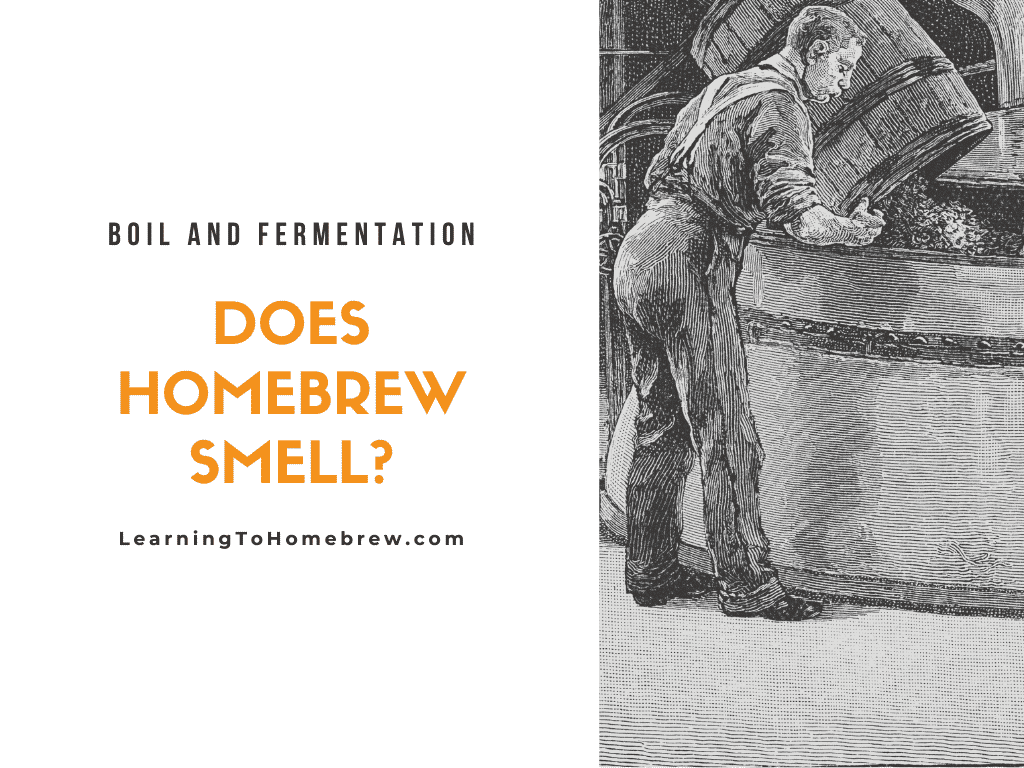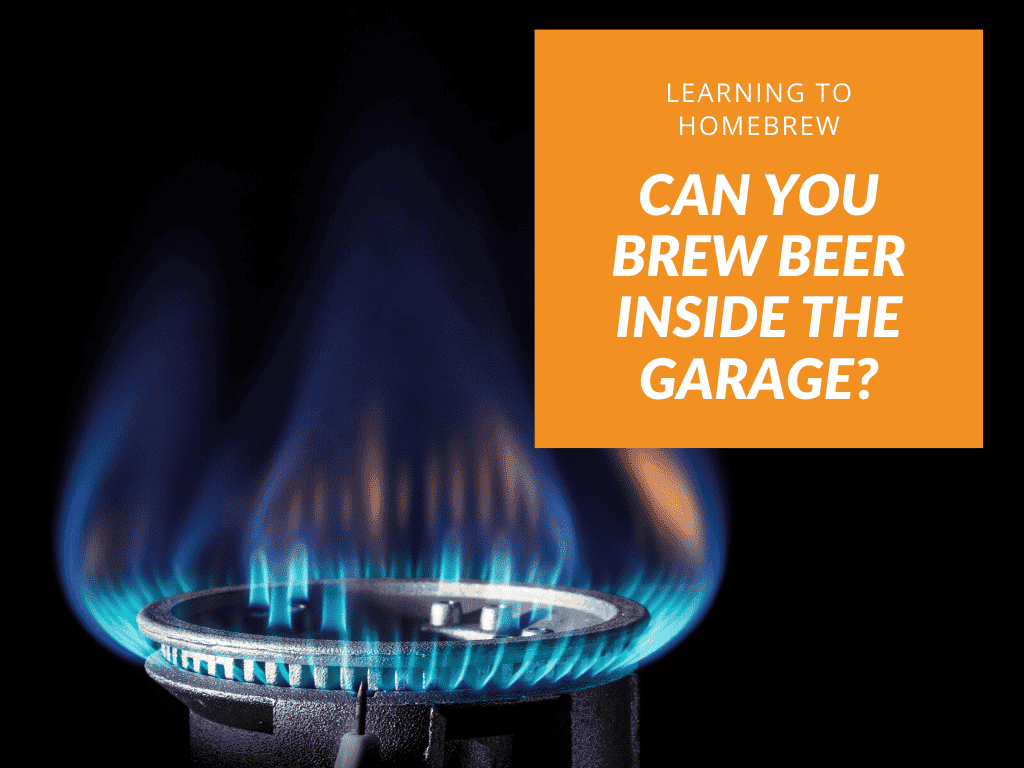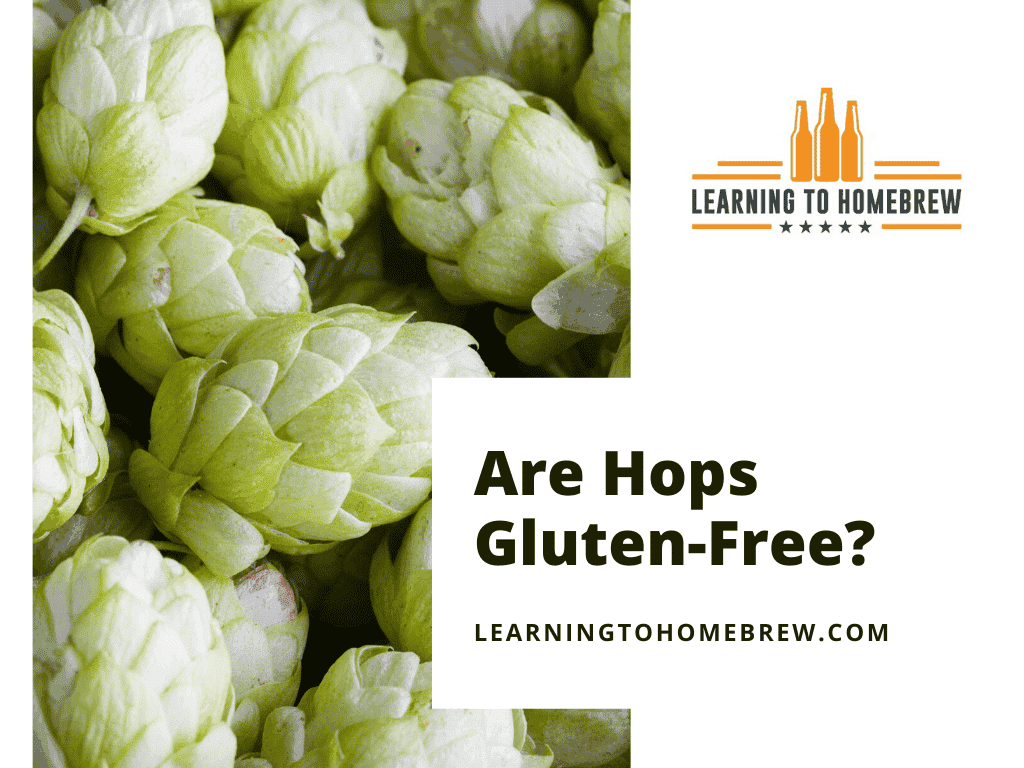Hops are added at different stages of brewing for a few different reasons. Adding certain hops at certain stages will add different effects and characteristics to your beer.
Hops are added at different times during brewing to bring about bitterness, aroma, and flavor. The typical times for adding hops to beer are the beginning, middle, and end of the boil as well as dry-hopping. This will produce more or less bitterness, enhanced flavor, and aroma to your brew, respectively.
Continue reading for information on why hops are added at specific times and how that impacts the bitterness, flavor, and aroma of your beer.
Topics We Cover
Why are hops added at the beginning, middle, and end of the boil?
So, why are hops added at different times, anyway?
Hops added at the beginning, middle, and end of the boil will all behave differently and will induce different characteristics in the final product. The exact moment at which they are added, along with the amount used, will have a large impact on the brew.
Firstly, we need to look at how hops behave in the boil.
When the wort is hot and boiling, added hops will burn off their essential oils and their chemical composition will change: Isomerization of the a-bitter acids in hops results in the transformation into iso-a-acids. This is where the bitterness comes from, and is also why you add your bittering hops early into the boil. The longer your hops are boiled, the more bitter your beer will be because of this chemical reaction.
Most recipes call for at least a 60-minute boil.
The hops that are in for all 60 minutes will provide the most bitterness since they’ve boiled away a majority of their oils. At about 30 minutes, or midway through the boil, you will add your selection of hops that will provide flavor to your beer.
Since they’ve been added at – or near – the halfway point, they will have lived in the wort long enough to boil away only some of their oils, retaining some bitterness, while also maintaining enough to add lots of flavors.
Toward the end, you’ll add hops that won’t be boiled long. These are typically ones that are high in essential oils and produce enticing aromas and are classified as such.
Since they will only boil in the wort for about 5-15 minutes – and, sometimes, after flameout – they will retain most of their oils. This results in a scent almost identical to the hop before it was introduced into the wort.
When adding your ‘aroma’ hops at the end, it’s important to consider and calculate beforehand how much time will be left when you add them. Hop oils burn away quickly in the wort, so be careful about adding them in too early.
When to add bittering hops during the boil
So, when should you add bittering hops to the boil?
Add bittering hops to your boil right away. Your bittering hops will be in your boil the entire time (usually 60 minutes), so add them as soon as a rolling boil is achieved. You’re likely only going to add one batch of bittering hops to your brew.
Without these bittering hops, or with too late of an addition of them, your beer will likely taste too sweet. It might also have an off-putting, syrupy mouthfeel. So, add them at the start of your boil.
What are the most common bittering hops?
There are a myriad of bittering hops to choose from. The most important characteristic to consider when choosing them is their respective Alpha Acids content.
The more Alpha Acids the hop contains, the more bitter it will make your beer. If you brew a beer with a hop that contains the most a-acids possible, for the entire length of the boil, you will have the most bitter beer you can achieve. Some of the most common bittering hops in the U.S. today include Cascade, Magnum, Citra, Saaz, and Centennial.
You don’t need to use the most bitter hops you can find, but choosing different ones can benefit different recipes and some work better when put together than others.
When to add hops for flavor during the boil
So, when do you add flavoring hops?
Adding hops for flavor is something that can be experimented with. They’re typically introduced around the midpoint of the boil. Many recipes include multiple additions of flavoring hops at different times during the boil.
Generally, you’ll want to add flavoring hops at about halfway through the boil – in a standard recipe, the 30-minute mark. Adding hops for flavor during this stage of the boil makes sure that they are left with enough oils to provide flavor while also burning enough off so that they aren’t too overwhelming.
What are the most common flavor hops?
Similarly to the idea of choosing a bittering hop, you’ll want to look at the percentage of alpha-acids present in hops.
When choosing a flavor hop, you want to pick some that have moderate levels of alpha acids. Since the hops will be introduced about halfway through the boil, and they have moderate levels of a-acids, flavor hops to ensure that they will not make the beer too bitter. The most common flavor hops right now are Citra, Mosaic, Amarillo, and Simcoe.
With a bountiful selection of flavor hops, it’s common to experiment with the amount, timing, and combination of use during the boil.
Speaking of which, check this out to learn more about the best hop combinations that go well together!
When to add aroma (or finishing) hops during the boil
As the heading suggests, you’ll want to add aroma hops when you’re finishing your boil. This means adding them anywhere from 5-15 minutes before your wort is finished.
Aroma hops are often delicate with high levels of oils, which is why you add them at the end of the boil or after flameout. The small amount of time that they’re in the boil lets them retain their fragrant oils and results in the desired aroma.
You can use any hop at any stage, but as with the previous stages, there are better aroma hops than others.
What are the most common aroma hops?
Alpha acid percentage alone does not necessarily impact aroma hops. When looking for an aroma hop, you must look at alpha-to-beta acid ratios.
The most common aroma hops typically have a 1:1 Alpha-to-Beta acid ratio. In fact, the most common aroma hops are in line with the most common flavor hops. It’s the time at which the aroma hops are used that makes them popular as such. Some of these include Citra, Centennial, Cascade, and Galaxy hops.
Aroma hops are added at the end of the boil and bring out scents that are almost identical to the ones you smell before you add them to your boil.
When to add dry hops
Adding dry hops — A.K.A. “dry hopping” — is done when fermentation starts to slow down. This is usually a few days after the beginning of fermentation, in the conditioning phase. Dry hopping can also be done in secondary fermentation after you move your beer to another container/vessel.
What are the most common dry hops?
The most common dry hops are usually ones with high levels of essential oils and are often considered flavor or aroma hops.
Some of the most common dry hops are Citra, Simcoe, Centennial, Willamette, Idaho 7, Galaxy, Palisade, and Warrior. Each hop has a unique flavor and aroma, and dry-hopping brings those unique characteristics into the beer.
Dry hops are a good way to add unique flavor and aroma to your beer after it’s done boiling.
If you want more information, check out this article about the best hops for dry hopping!





